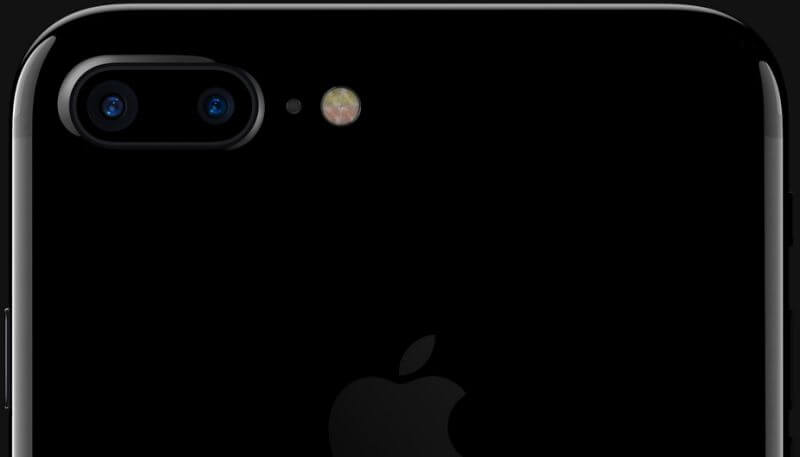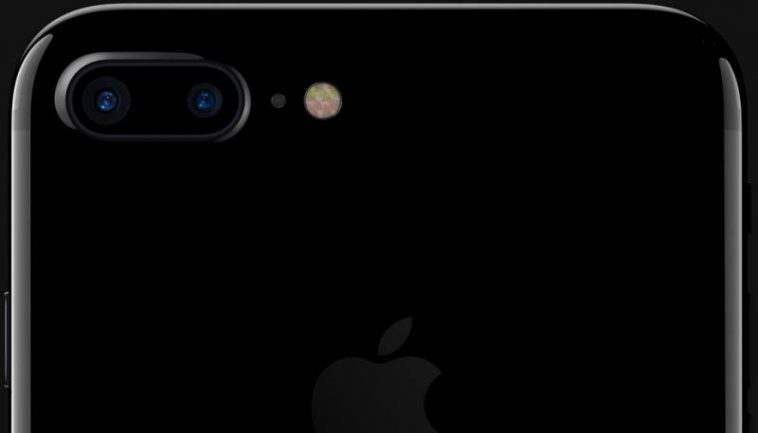
Apple’s (AAPL) iPhones have been at the forefront of smartphone photography since the beginning. And with the 10th anniversary iPhone coming in just a few short weeks, Apple is gearing up to prove it’s got the best camera tech around.
While we don’t yet know the specifics of the iPhone 8’s camera — how many megapixels it captures, what kind of optical zoom it will offer — we do know the kind of software updates Apple is bringing to iOS 11 to improve how you shoot and edit your photos.
Here’s how Apple is putting photography front and center in iOS 11.
Portrait of an iPhone
Apple’s iPhone 7 Plus sports two distinct camera lenses: a wide-angle lens and a telephoto lens with a 2x zoom. By combining the two, the company is able to create a bokeh effect, in which the subject in the foreground is in focus and the background is blurred.

The feature, which Apple calls Portrait mode, since it makes for some great portrait shots, is currently in beta, but will get a full release with iOS 11. The final version of Portrait mode will see significant improvements including the ability to capture images using the camera’s flash and HDR features, as well as its image stabilization capabilities.
That means those fancy photos you take of your cat sitting on your couch like a little gentleman will look even better with iOS 11.
Live photos will be worthwhile
I’ve never been the biggest fan of Apple’s Live Photos feature. That’s because the tiny video clips take up more space than individual photos, shrinking the amount of pictures you can natively save to your phone. But I’m willing to give them another shot with iOS 11.
Apple managed to pique my interest with Live Photos thanks to the upcoming addition of three new settings for the feature: Bounce, Loop and Long Exposure. Bounce lets you play your video forward then backwards, creating cool physics-breaking effects like jumping out of a pool cannonball-style, while Loop repeats a clip over and over. Neither of those is particularly unique, though, as social media sites like Instagram (FB) and Snapchat (SNAP) already let you create similar effects.

But Long Exposure — the effect that holds a camera’s shutter open longer than normal and is responsible for those slick photos of highways with car headlights that look like long streaks — looks genuinely fun. It’ll also likely make for some interesting shots from Apple’s army of users.
Editing gets real
Apple’s Photos desktop app has plenty of solid built-in editing features. The problem is they’re all hidden by default. And for the average consumer that’s pretty much the same as them not existing at all. I’m a tech writer who uses a Mac every day, and I didn’t realize the app had such robust editing tools until my friend showed them too me.
With macOS High Sierra, though, Apple is bringing those editing tools to the surface. That means instead of a relatively blank list of tools, Photos will now provide you with a list of options to adjust your images.

Apple is also adding a new Curves tool that lets you adjust the contrast of your images and Selective Color that gives you the ability to only change certain color ranges.
The tech giant says it will also now let you open third-party editing programs like Pixelmator from the Photos app and save your adjustments back to the app. Apple says that changes you make to your images won’t be destructive, either. So even if you really mess up a photo, you’ll always be able to return it to its original form with ease.
You’ll also now be able to edit your Live Photos in the Photos app. That means you can shorten the shot, change the frame it begins or ends on, and even edit the key, or lead, image for the Live Photo.

What’s more, you can use the feature to grab exact frames you want from your Live Photo. So if you’ve got a particularly antsy pup or kitten that won’t sit still long enough for you to get that perfect shot, you can jump into Photos and edit the Live Photo to grab the best image from the clip.
Those are the biggest changes we expect from Apple’s Photos software, for now. But chances are the iPhone 8’s camera will sport new features, as well.
So will the next iPhone be able to fully replace your more expensive dedicated DSLR camera and photo editing tools? We’ll find out when Apple unveils the iPhone 8 this fall.
More from Dan:
Email Daniel at dhowley@yahoo-inc.com; follow him on Twitter at @DanielHowley.
Website: LINK


